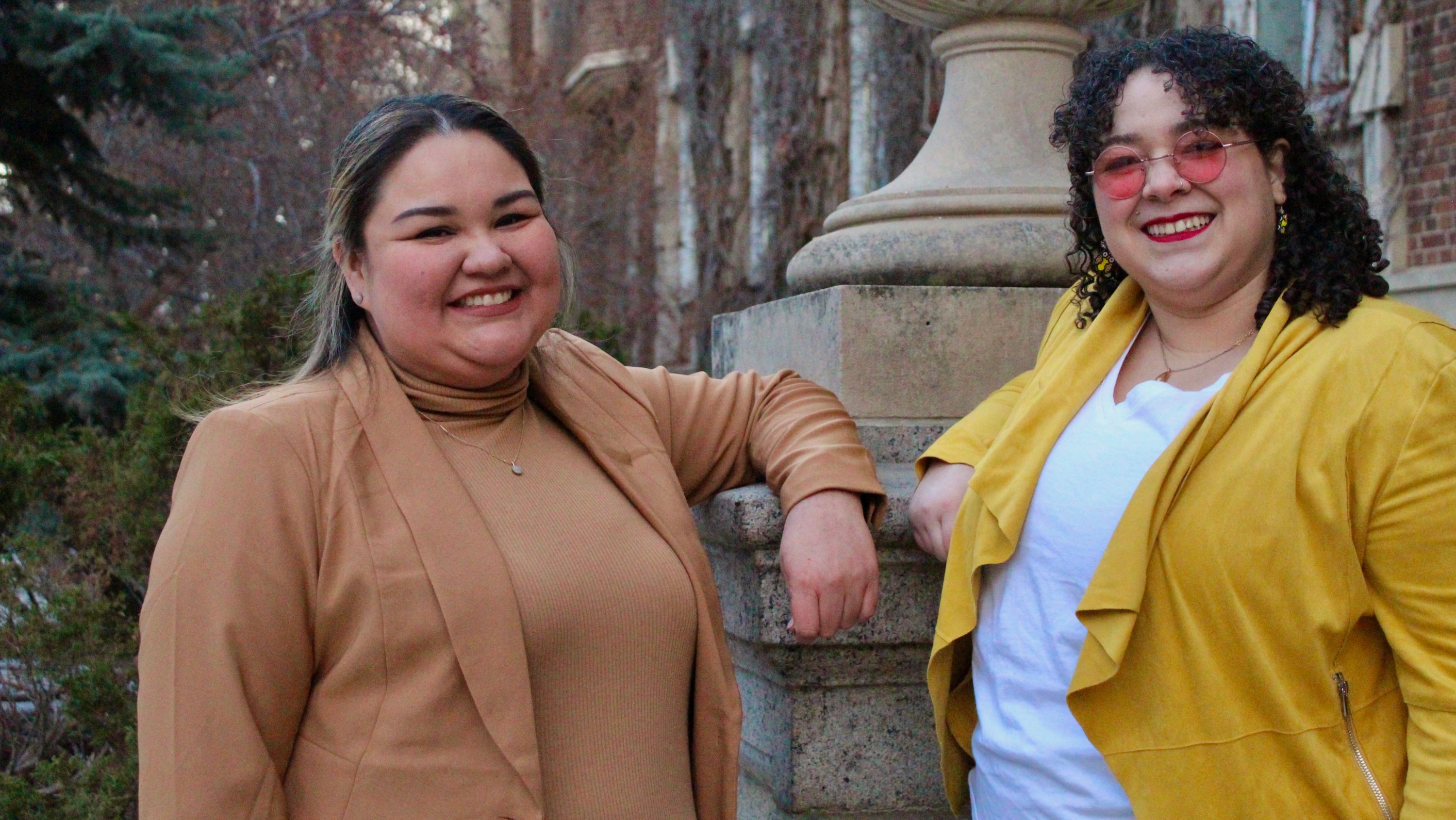It wasn’t until Emily Quecke worked as a land consultant intern in Beaver First Nation that she realized how easy it is to take clean water for granted.
Having been born on Prince Edward Island and raised in Alberta, she had never seen water advisories in settler communities. Through the University of Alberta’s Engage North program, she learned about the sanctity of naturally sourced water from elders who believed chemical treatment robs water of its immune-building properties and spirituality.
It was a stark example of what engineers need to know when designing purification plants in Indigenous communities, since there are alternative methods, such as UV filtration, that don’t require chemicals like chlorine.
“It begs the question of whether other options were even explored (on Boyer River 164) in light of these beliefs, or if local plant designers were even aware of it,” Quecke says.
That summer experience made a deep impression on her. As a student of civil and environmental engineering, Quecke says the challenge of water security became a driving force in her education.
She is now working on a PhD dissertation that combines engineering solutions for water security with direct community consultation, incorporating Indigenous worldviews into her methodology. She will compare water security in two geographical areas. The first is Maskwacis, south of Edmonton, which is currently under a boil water advisory and has an open-discharge sewer. The second area is a group of communities around Laguna Lake, the largest freshwater lake in the Philippines, which has suffered rapid contamination.
One of her supervisors, sociologist Paulina Johnson, was invited on the project to provide expertise in Indigenous research methodologies and worldviews. With Johnson serving as adjunct professor of engineering, the collaboration is the U of A’s first between sociology and engineering.
“One reason for bringing me in is to have Indigenous worldviews take centre stage in Emily’s work,” says Johnson, who is from Samson Cree Nation in Maskwacis.
